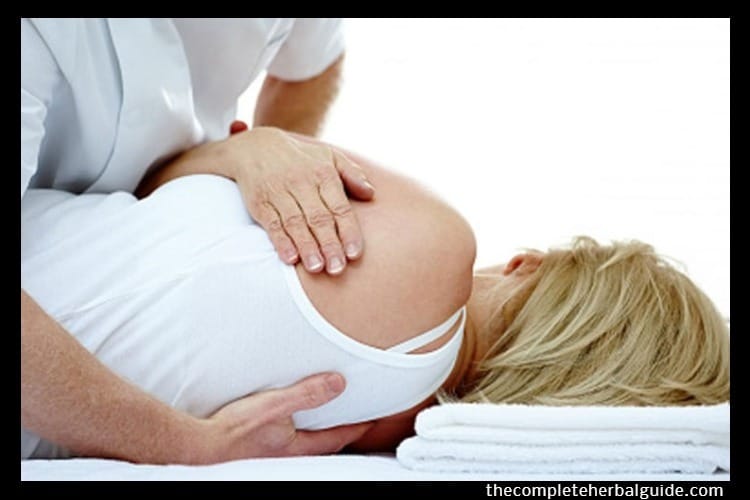
New Genetic Screening Can Predict Risk Of Osteoporosis And Bone Fracture
In this article, you’ll learn and discover how a new genetic screening can predict the risk of osteoporosis and bone fracture.
A recent study performed by researcher Stuart Kim, Ph.D., at the Stanford University of Medicine identified 899 regions in the human genome associated with low bone mineral density. Out of that number of regions, 613 had never before been identified.
About 2% of people who were tested were deemed to be at high risk, meaning they were about twice as likely to experience a bone fracture in their lifetimes and 17 times more likely develop osteoporosis. Osteoporosis is a disease that causes defects in bone production or bone loss or both. In turn, this results in a reduction of bone mass and can lead to a higher incidence of bone fractures.
According to the National Osteoporosis Foundation, bone fracture affects two million people every year and makes up approximately $19 billion in health care costs annually. Four out of five urgent care centers, or about 80% of urgent care centers, provide fracture care because of the outstanding number of people affected.
Treatments
While many fractures can be effectively treated at urgent care, more risky injuries like hip fractures often require operations that involve lengthy hospital stays and recovery periods. Researchers at the Langley Memorial Hospital in Langley, Canada have implemented the use of an Enhanced Recovery After Surgery (ERAS) approach to speed up the recovery process for hip fracture patients.
In an ERAS approach, a team of nurses, surgeons, and clinicians anticipate problems patients may have and take steps to intervene. Post-surgery delirium is common for hip fracture patients and can often prolong hospital stays, so the staff initiated preoperative assessments for delirium and closely monitor for it for five days after the operation. ERAS also encouraged patients to get up within 24 hours of surgery.
Using this approach in all areas of patients’ recovery cut an average of two days off of their hospital stays without increasing the readmission rate. Patients were able to go home and stay there at a much higher rate than they previously did.
Preparing Ahead
Fracture care needs attention both before and after an incident occurs. While these reliable after-care approaches are developing, a genetic screening like that developed by Kim can alert people in their 20s and 30s if they are at a higher risk for bone fractures later in life.
If you are at a higher risk for osteoporosis or bone fractures, Kim says that you can intervene now by taking vitamin D and calcium, and regularly engaging in weight-bearing exercises.







